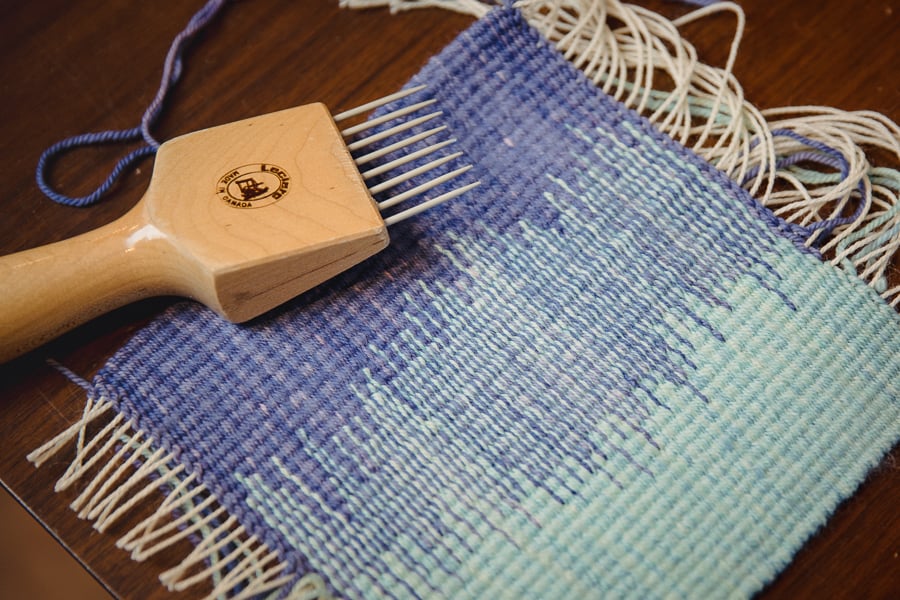In the vibrant, ever-evolving landscape of contemporary art, few artists capture the spirit of our digital age with the tactile warmth of traditional craft quite like Markiseteppe. More than just a name, it is a portal into a world where the threads of Black diasporic identity, digital culture, and ancestral memory are intricately woven together into stunning, thought-provoking tapestries.
While the artist maintains a degree of anonymity, allowing the work to speak for itself, the persona of Markiseteppe is a powerful brand in its own right. The name itself is a clever and meaningful portmanteau, blending “marquisette” (a lightweight, sheer fabric often used in weaving) with “teppe” (evoking tapestry or a soft, carpeted landscape). This linguistic fusion perfectly encapsulates the core of their practice: the melding of textile art with conceptual depth.
you may also like:
The Medium: Digital Looms and Ancestral Threads
Markiseteppe’s work is immediately recognizable. The primary medium is the digital Jacquard weave, a technique named after the 19th-century inventor Joseph Marie Jacquard, who used punch cards to automate complex patterns—a precursor to modern computing. This choice is profoundly intentional.
The resulting pieces are rich, textural, and often monumental in scale. They are not soft, traditional tapestries depicting historical scenes; instead, they are crisp, pixelated, and glitched. They frequently feature fragmented portraits, distorted cultural symbols, and text lifted from internet slang, song lyrics, and profound philosophical quotes.
The Message: Identity, Memory, and the Black Experience
The true power of Markiseteppe’s art lies in its content. The artist explores themes of Black cultural heritage, personal and collective memory, and the construction of self in a hyper-connected world.
- Recontextualizing the Familiar: A common motif is the use of familiar Black hairstyles, like braids and cornrows. In Markiseteppe’s hands, these are not just stylistic choices but powerful cultural codes.
- The Glitch as a Metaphor: The “glitch” or digital error is not a mistake but a central aesthetic and conceptual tool. It represents the interruptions, erasures, and distortions faced by Black histories and narratives. By beautifying the glitch, the artist speaks to finding power and identity within the fractures and flaws of recorded history.
- Text as Texture: Words are woven directly into the pieces. This merges the immediacy of a protest sign with the permanence of a historical artifact.
A Bridge Between Worlds
Markiseteppe operates at a fascinating intersection:
- Fine Art and Craft: By choosing tapestry, a medium historically relegated to “craft” or “women’s work,” the artist challenges the hierarchies of the art world and elevates textile art to the forefront of contemporary conceptual practice.
- The Analog and the Digital: The work exists in both realms. It is conceived digitally but experienced physically. It comments on our online selves while being a profoundly tangible object, inviting touch and close inspection.
- The Past and the Future: Using the Jacquard loom, a technology of the Industrial Revolution, to comment on the Digital Revolution, Markiseteppe creates a dialogue across centuries. The work asks how age-old traditions of making and storytelling can inform and critique our modern existence.
Conclusion
Markiseteppe is more than an artist; they are a cultural archivist for the 21st century. In a time where our identities are increasingly digital, fragmented, and commodified, their tapestries offer a space for reflection. They ask us to consider the threads—both digital and ancestral—that weave together to form who we are.

